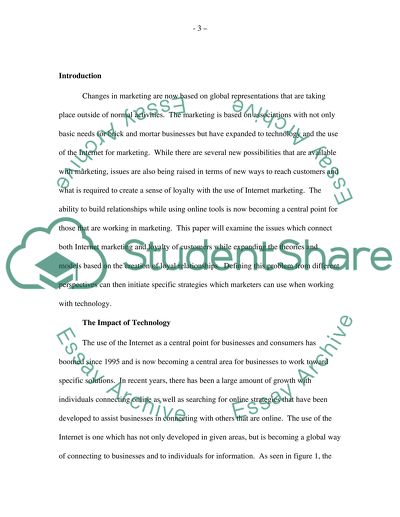Cite this document
(“Challenges of Internet Marketing and Customer Empowerment Essay”, n.d.)
Retrieved de https://studentshare.org/marketing/1390674-challenges-of-internet-marketing-and-customer-empowerment
Retrieved de https://studentshare.org/marketing/1390674-challenges-of-internet-marketing-and-customer-empowerment
(Challenges of Internet Marketing and Customer Empowerment Essay)
https://studentshare.org/marketing/1390674-challenges-of-internet-marketing-and-customer-empowerment.
https://studentshare.org/marketing/1390674-challenges-of-internet-marketing-and-customer-empowerment.
“Challenges of Internet Marketing and Customer Empowerment Essay”, n.d. https://studentshare.org/marketing/1390674-challenges-of-internet-marketing-and-customer-empowerment.


